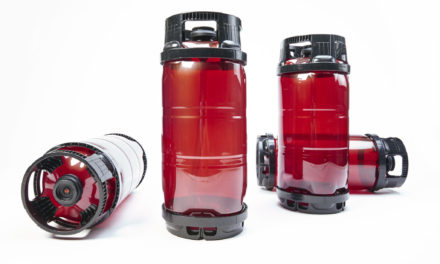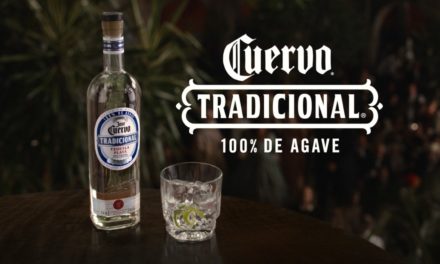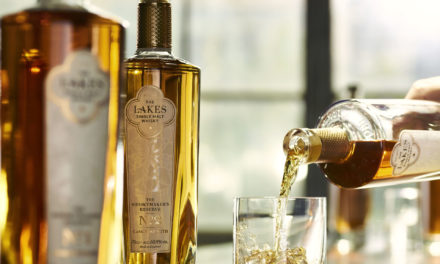When Dustin Mowe first joined the cork industry in the late 1990s, it operated within a vastly different manufacturing environment than it does today. “Conditions in the factories were poor. Back then, you’d have people working in open-toed shoes, standing on dirt floors, and smoking cigarettes,” says the president and CEO of Napa, Calif.-based Portocork. “Starting about 20 years ago, the industry really cleaned up its act.”

“Where once there were more than 2,000 cork companies in Portugal, today there are fewer than 250.” —Dustin Mowe, Portocork
Today, cork stopper manufacturing is not only state-of-the-art, it’s also a relatively healthy industry, literally and financially, according to Mowe. “Portuguese cork manufacturers had 100 percent of the market share until some of the first synthetic stoppers were introduced in 1992. Initially, the Portuguese companies weren’t too worried about synthetics, but the ones that survived that development are the ones that had the financial resources to begin investing in technology and changing their processes. Where once there were more than 2,000 cork companies in Portugal, today there are fewer than 250.”
Bark Harvest and TCA
Cork oak trees are native to the Iberian Peninsula, which encompasses Portugal, Spain, and Sardinia, among other nations. As much as 65 percent of the world’s cork production comes from this area. After a cork oak seedling is planted, it takes 25 years before its bark can be stripped for the first time. That first harvest of bark isn’t used for making stoppers but instead goes into insulation or flooring materials. Nine years after that, the bark can be stripped again for making stoppers.
“When harvested, the planks of cork are taken to a storage facility for aging a minimum of six months,” says Mowe. “To become stopper material, we boil the planks to rid the cork of some of its natural tannins and to make the material swell. Stoppers are punched from the cork at this stage, and all the leftover bits of cork are ground up to make other types of stoppers.”
For a product in use for hundreds of years, natural cork stoppers are continually being improved. The most important progress by cork manufacturers in the past few years is the near-eradication of TCA (2,4,6-trichloroanisole), commonly referred to as “cork taint.” Unpleasant on the nose but not a health risk, TCA “is native to the environment,” explains Mowe. “It’s pretty much everywhere. There are different types of anisoles native to wood products, and when put into the presence of other types of anisoles, TCA is created.”
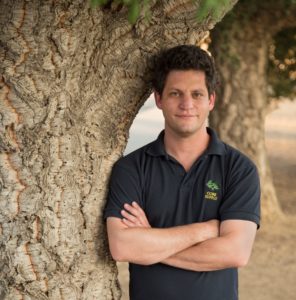
“One of our company’s philosophies is continuous improvement.” —Greg Hirson, Cork Supply USA
The cork manufacturers contacted for this article each offers a process to virtually eliminate TCA-affected products. At Portocork, it’s the ICON, which analyzes millions of its individual premium corks using NDtech screening, developed by Amorim, parent company of Portocork. Each cork is screened within seconds to weed out any with a detectable amount of TCA. If any TCA remains, it’s below the detection threshold of 0.5 nanograms/liter.
Back to the forest
“One of our company’s philosophies is continuous improvement,” says Greg Hirson, vice president of product for Cork Supply USA in Benicia, Calif. “The basic fundamentals are the same from a process perspective, but we’re always looking for quality and efficiencies and where we can make incremental improvements to the process.”
One of the biggest changes recently for Cork Supply has been demand for its DS100 process, a “dry soak” system for detecting TCA. “The volume for DS100 has increased dramatically in the past two years,” says Ana Cristina Lopes Cardoso, R&D director at the company’s Portugal facility. “Now we’re improving the same system to expand capacity and make it more efficient. Our faster, automated DS100+ technology guarantees 100 percent taint-free corks. We’re always checking how we can improve our quality control, making small changes every day that make a difference.”

“We see potential for new ways of being supplied by and being involved with the cork growers.” — Ana Cristina Lopes Cardoso, Cork Supply
Cork Supply has moved its quality control “all the way back to the forest,” adds Cardoso. The company has worked closely with cork growers for more than 15 years to keep a full accounting of the cork’s journey from the forest to the bottle. “We’re working as partners with the growers, supplying them with technical services, analyzing soils, and suggesting new practices. We see potential for new ways of being supplied by and being involved with the cork growers.”
In its efforts to reach zero waste and further reduce carbon emissions in its production facilities, leftover cork pieces not used for natural cork stoppers are being turned back into energy as biomass (fuel created from organic material) that will generate steam to power its Portugal production facilities. The rollout of the system was delayed slightly by the impact of the COVID-19 pandemic’s social distancing guidelines in that country.
During this spring’s worldwide business lockdowns and shelter-in-place orders, alcohol sales increased significantly. Cork manufacturers, deemed an essential part of the supply chain for the wine industry, soldiered on with production by implementing extensive safety guidelines and protocols.
“We had supply chain strategies in place to have enough materials to keep operating and keep the cork flowing across the ocean,” says Hirson. “We put extra effort into ensuring that the right materials were in the right place at the right time.” In Portugal, the company’s cork production didn’t stop for a single day, says Cardoso. “We were very quick to respond here [to the crisis], taking action to put in safety restrictions in our facilities even before our government reacted.”
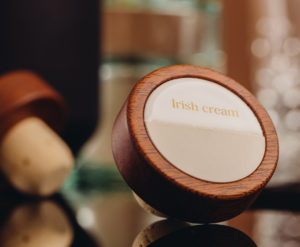
Aromas on top
Despite the pandemic, “demand for our cork remained stable in line with past business history, and our manufacturing activity is at levels expected for this time of year,” explains Pedro Fernandes, general manager at Amorim’s facility in Napa, Calif.
With the success of its NDtech process for many years, which checks each wine cork individually for TCA, demand from the sparkling segment of the market led to developing NDtech Sparkling. “It’s the same fundamental technology as NDtech but a different type of mechanics because the corks are different sizes. NDtech Sparkling consists of the individual cork testing for higher-end sparkling products,” says Fernandes.
On the spirits side of the Amorim portfolio, one of the company’s newest products is Sense Tops, a scratch-and-sniff technology on the wooden tops of its natural cork stoppers. “So the aroma of a bourbon, for instance, can be placed on the bottle’s wood top as a way of connecting and communicating with customers,” explains Eduardo Sousa, director of sales for the spirits market. “It’s like having a taste of the product right there in the retail setting.”
Amorim always combines cork with another material for its spirits stoppers, says Sousa, with a huge shift away from any plastic. “Consumers are looking for more sustainable materials and more authentic packaging. In this industry, every bit of packaging we put on shelves has enormous importance. Cork is a natural product that comes back again and again with very little human intervention.”
To secure the future growth of its cork supplies, Amorim has purchased 7,100 acres of cork oak trees. “We decided to invest to improve current forest management practices,” says Fernandes. “There is a lot of potential to expand the existing 7 million acres of cork forests in the Iberian Peninsula to increase density, for instance, and also decrease the number of years the tree can be harvested for the first time. It will take some time, but we hope to still be here to celebrate the results.”
Mowe says Portocork and its parent company, Amorim, are both preparing to announce a major technological breakthrough later this year. “We can’t talk about it yet, but we hope it will be a game changer for the industry. What I can say with assurance is that cork will get much better in 2021.”



